
Is sustainability ugly? A designer viewpoint.
The beauty industry has implemented more and more sustainable solutions within the last 2 to 3 years. The covid period has highlighted consumers' interest for cleaner, greener and healthier products. But it seems now that with the economic crisis and the general anxiety created within the market consumers do not want to feel pressured anymore with conscious consumption, and they are coming back to basics, as beyond sustainability, they are looking for efficacy.
Sustainability is a given now, and it’s no longer a marketing argument. Consumers are also looking for indulgence, and even though they still compare products by the environmental impact when buying equal products, many of them still rank performance and enjoyment at a higher level.
In other words, beauty is still a luxury and a beautiful product and doesn’t have to lose these attributes while ensuring sustainability.
We sat down with designer Ilkka Harju from Metsä Board to understand his design process and why he thinks a product can be desirable, beautiful, luxurious and also sustainable.
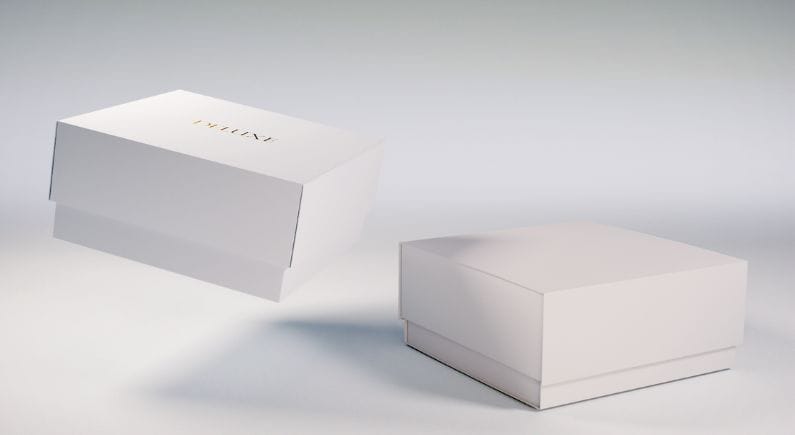
re/sources: How do you approach sustainability as a designer?
Ilkka Harju:
We have developed the concept of Better with Less, and I’m convinced that we can create great designs with less material, less waste and down the line, less emissions.
Sustainability is not a restriction, it’s actually an engine of creativity. In the confines of material or spatial limitations, designers can express more creativity.
Our approach is to redesign, repurpose, revolutionise, creating zero waste packaging. For instance, we highlight the lightweight materials, using also a minimum amount of printing inks and oils, and or minimum use of foil for decoration while still attracting brands and consumers. Packaging is the most visible part of any product. Even though the liquid, the cream or any other content is what the consumer is after, the packaging is a key element for protection, safety and branding.
Packaging is the message. So it’s paramount to keep it strong and aligned with the brand ethos and the market standards or consumer expectations.
We are trying to offer effective alternatives to plastic packaging, and trying to offer sustainable options to single-use packaging and most of all zero waste solutions.
re/sources: How do you achieve this?
Ilkka Harju:
The first example we developed a few years ago in connection with the Better with Less - Design Challenge was to remove plastic or bubbles from e-commerce boxes while ensuring product safety. Using only paper, we worked with a smart design technique to allow flexibility and robustness of the paperboard packaging.
It resulted in an e-commerce box with integrated inner filling, to protect packaging, made of flexible cardboard paper, and the box comes in one piece, easily assemblable.
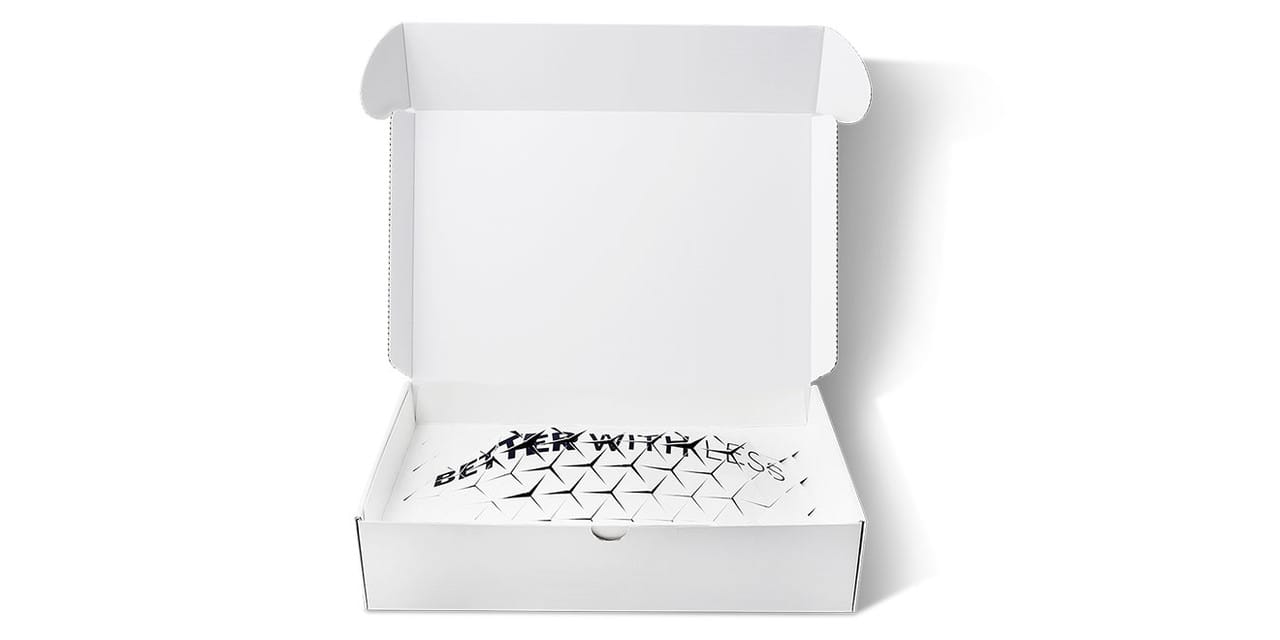
From Better With Less we are now moving into Zero Waste packaging. We need to reduce and eliminate the waste created by packaging by designing for easy recycling for instance.
For skincare specifically, we have designed lightweight paperboard packaging for the Sulapac jar with no added ink, no foil or metalization, and just embossed the packaging. This allows for luxury designers that are fully recyclable or compostable.
Here the logo is embossed as well as the shapes to give a specific feel to the packaging.
In another application in beauty, we have lasered the material to remove matter that creates a graphical effect through small holes in the paperboard.
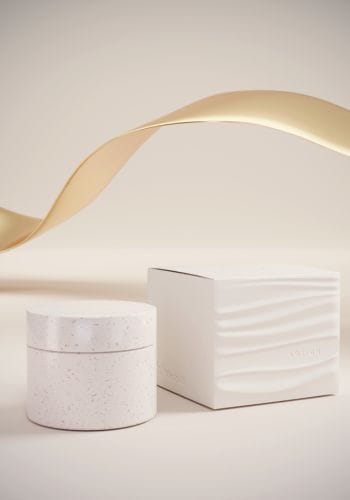
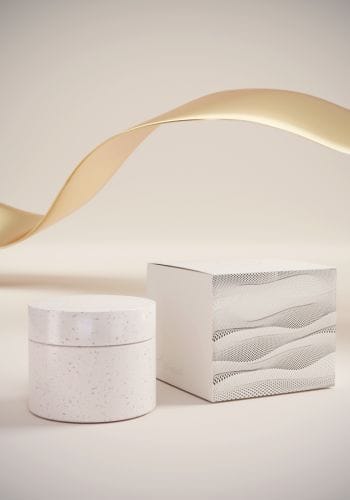
Without printing using inks, the depth in design is created by different levels of removal of matter. Laser technology allows us a lot of flexibility in shapes, design and finishes. Again this will not hinder the recycling or composting process at the end of life.
Another example in food and drink packaging: For a chocolate bar, we were looking into how to get nice aesthetics, and patterns with just forming the surface. Chocolate is directly in contact with the paperboard packaging and the lining is made from bio-sourced material (instead of petrochemical PE). Inside the packaging is flat and lined for safe contact with food content/chocolate. The outer part of the packaging is embossed. Again, here, the designer is free to adapt to the brand guidelines, logos, etc. to ensure brand visibility and packaging effectiveness.
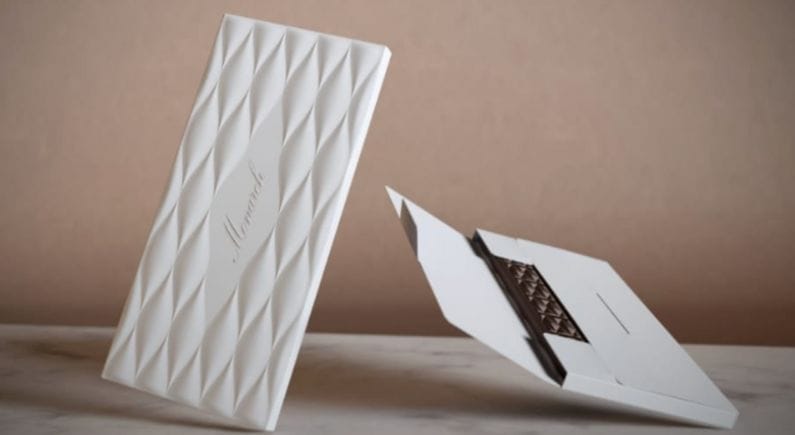
Lastly, for drink application, we have developed two types of designs.
For a whiskey packaging, using foil in very small quantities, we have created small dots that offer an aesthetically pleasing rendering. Using smaller additional material means less foil into the recycling system, and maximising the amount of fresh fibres. With a minimum amount of special effects, we can still offer a striking design. Also, the box is measured to embrace the bottle and there is no empty space inside. The packaging acts like a sleeve and is like “corrugated micro-food”. It is very thin and corrugated based on white craft liners paperboard.
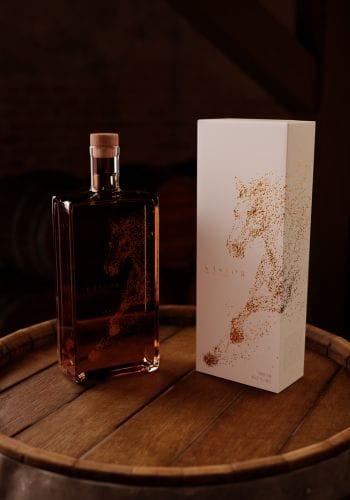
In the last example, we have 3D-printed hands as a product display. It allows you to create different shapes around the product. The visual is astounding and the display is 100% sustainable since it’s only made of fibres. Using 3D printing can generate more creative ideas and rendering. It’s a window into the future of design.
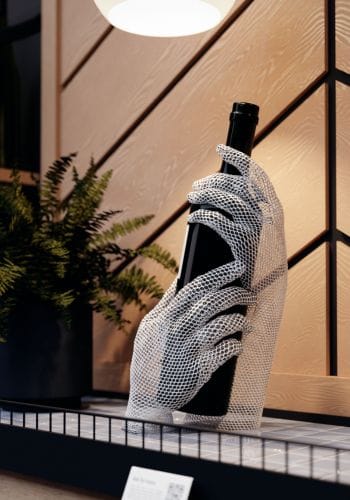
re/sources: In your opinion, what is the strongest barrier to developing more sustainable packaging?
Illka Harju:
Limited collaboration would be the strongest barrier. We need to develop new ways of working. Create a platform to connect designers, technology providers, and material providers to collaborate. At Metsä Board, to offer an answer, we have established an Excellence Centre in order to invite experts from different areas and accelerate innovation.
I come from a background in Technology and engineering, and as a designer, I understand the manufacturing or technological requirements. in sustainability, design & engineering, must work hand-in-hand. It's about technology and knowledge together.
Inks and Coatings in packaging? The key is to create barriers that are recyclable and compostable. Maybe we have interesting options with bio-sourced and or plastics that can be recycled.
Film-like substrates - best solutions? Fossil-free barriers, Bio-sourced barriers for instance instead of PE coating.
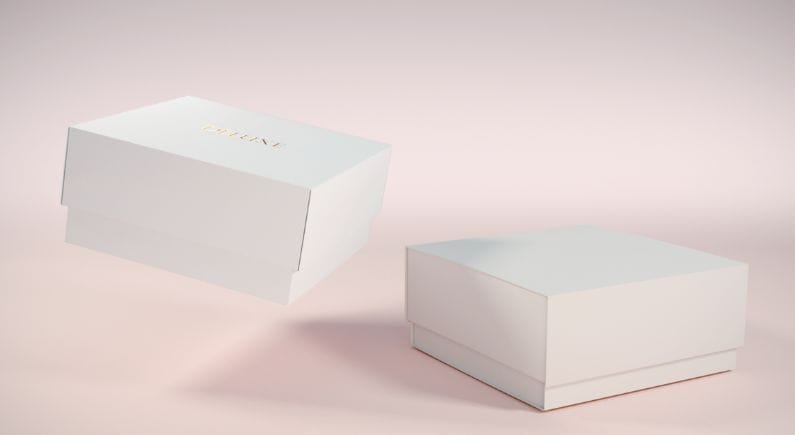
re/sources: What do you think the future of sustainability is, or how will it evolve?
Illka Harju:
Simple and ecological is the future of sustainability. A very ecological product combined with exquisite design for an attractive look while offering high performance: luxury and ease of use. It is about minimalist design using technological advancement. Ecological and responsible products.
Using new technology to conquer new territories. For instance, developing a more effective and simple way to produce special effects on packaging. Ensure high aesthetics with high robustness. Many brands and consumers demand unique experiences with packaging.
Through the circular economy, we will maximise the sustainability of packaging solutions, using mono-material solutions or renewable and easily recyclable materials.
It’s worth noting that virgin fibres save resources l, because they allow to create stronger packaging with a minimum amount of material, and also allow for more flexible designs. And in turn virgin, strong and high-quality fibres when recycled increase the level of recycling output. It's important to add fresh fibres in the loop to keep the recycling loop ongoing. Fibres can’t last forever, so we need virgin fibres as well to ensure that the circular model functions.
Also for market performance, designers need to be realistic with the final application of the product and paperboard is not applicable to all products yet, so when creating design we ensure that the packaging is fit for its purpose. It’s not enough to be beautiful, sustainable or made of paperboard. For a product to work and to offer a relevant sustainable alternative in the market it needs to answer all necessary market requirements.
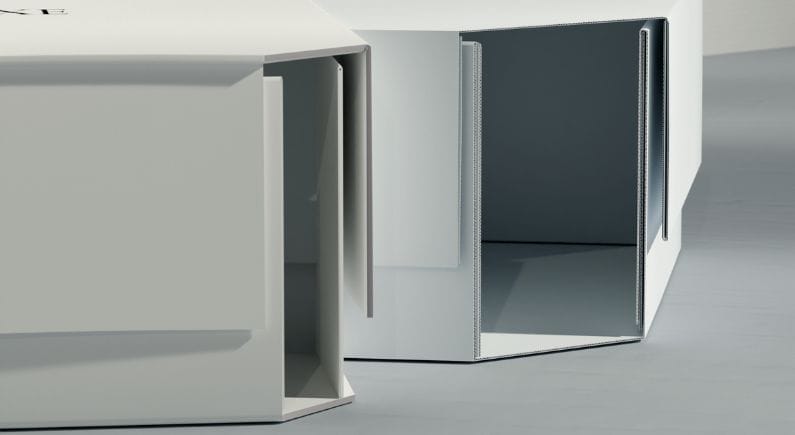
Explore more on the topic in the Dieline interview
https://thedieline.com/blog/2023/4/5/dieline-decoded-with-mets-board-redesign-repurpose-revolutionize-creating-zero-waste-packaging
About:
Ilkka Harju - Director Packaging Design - Metsä Board
Packaging Services Director, is leading the Metsä Board’s packaging design team responsible for the European and Asian markets. Before joining Metsä Board in 2018, he was responsible for packaging design and innovation needs for various companies. Harju is renowned for pushing design boundaries by working collaboratively with other designers and technology experts. He constantly advocates the role of responsible design, technology and renewable raw materials as a tool for a healthier environment. In 2017, Harju received a Worldstar Award for his jewellery packaging design.
Metsä Board is a leading European producer of premium fresh fibre paperboards. We focus on lightweight, high-quality folding boxboards, food service boards and white kraftliners. The pure fresh fibres we use in our products are a renewable and recyclable resource, that can be traced back to sustainably managed northern forests. We are a forerunner in sustainability, and we aim to have completely fossil free mills and raw materials by the end of 2030.Together with our customers we develop innovative packaging solutions to create better consumer experiences with less environmental impact.

